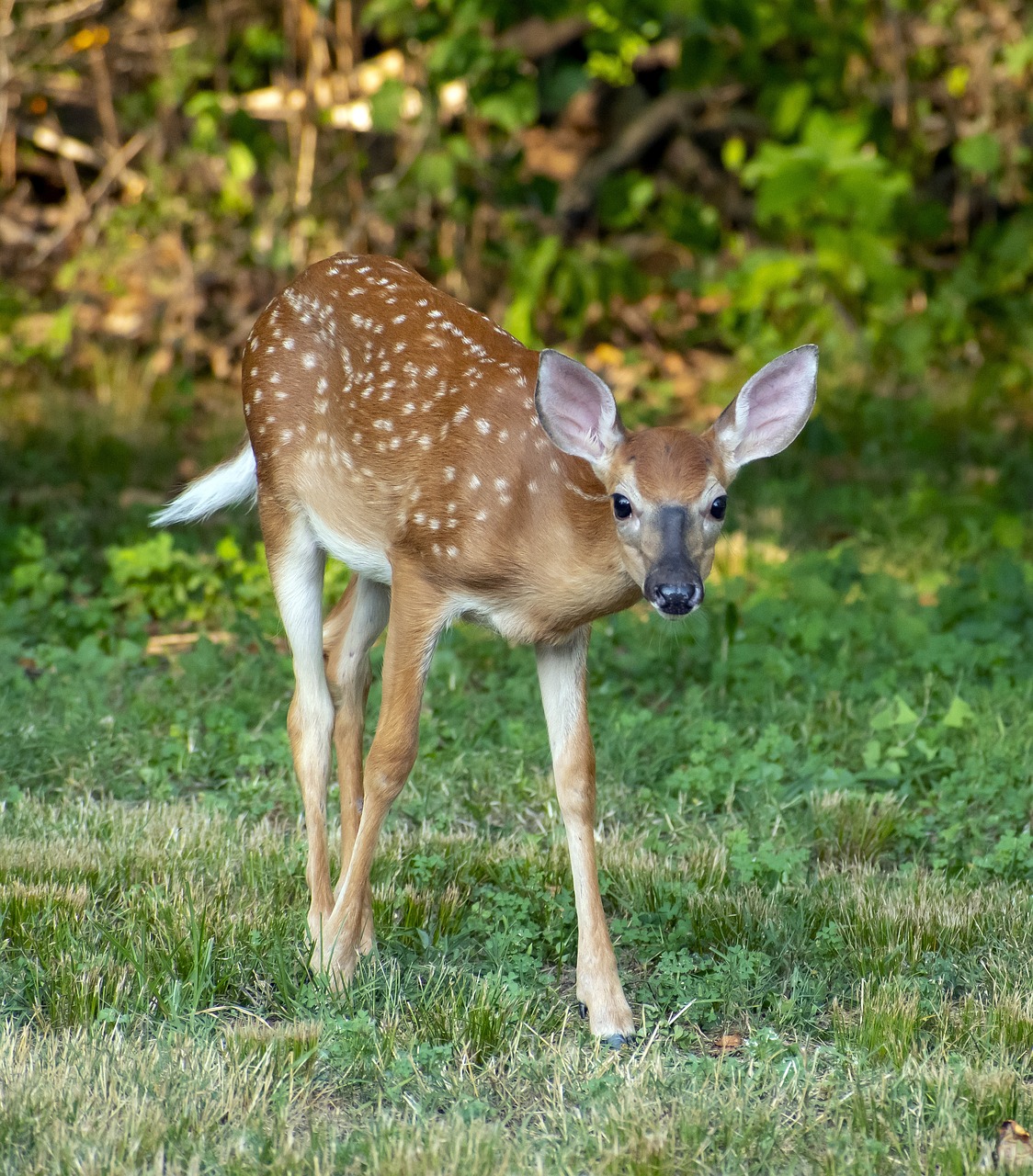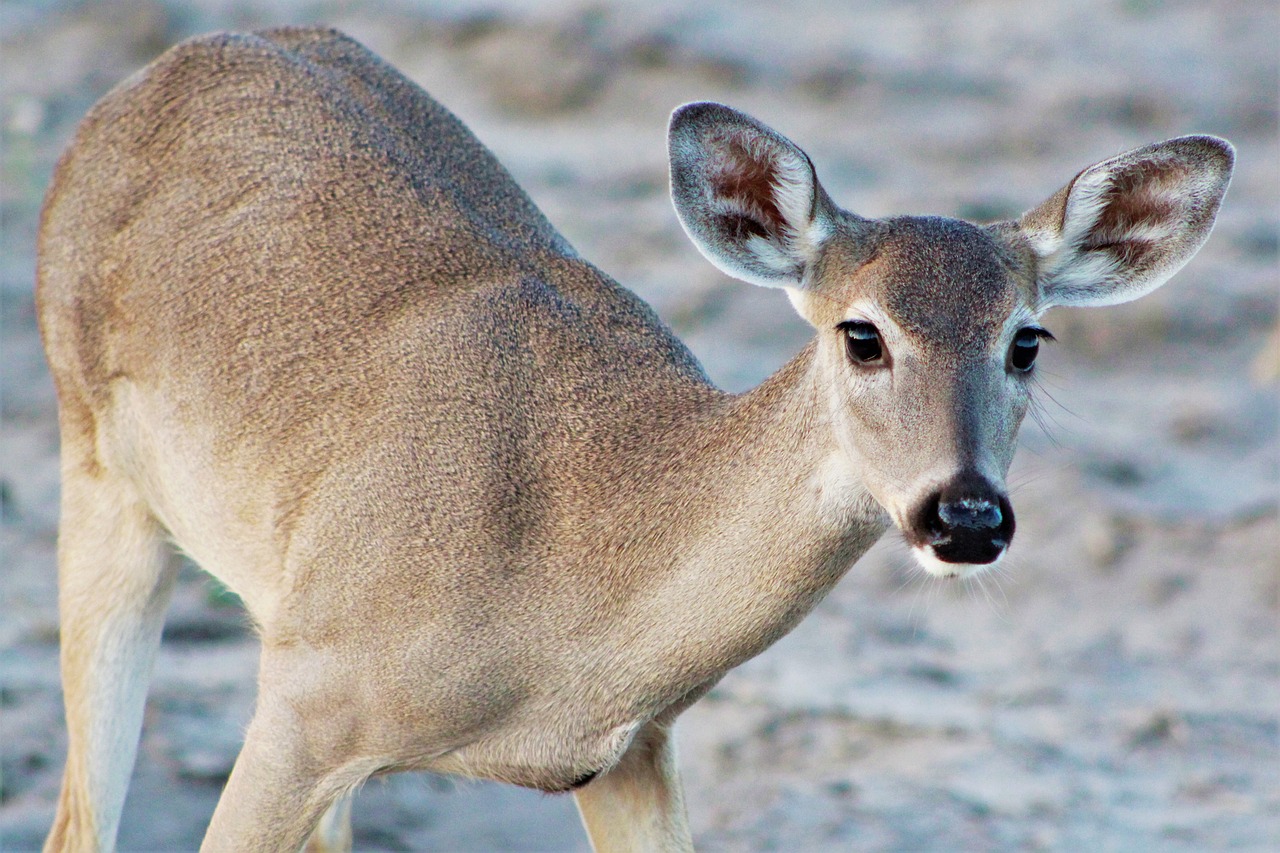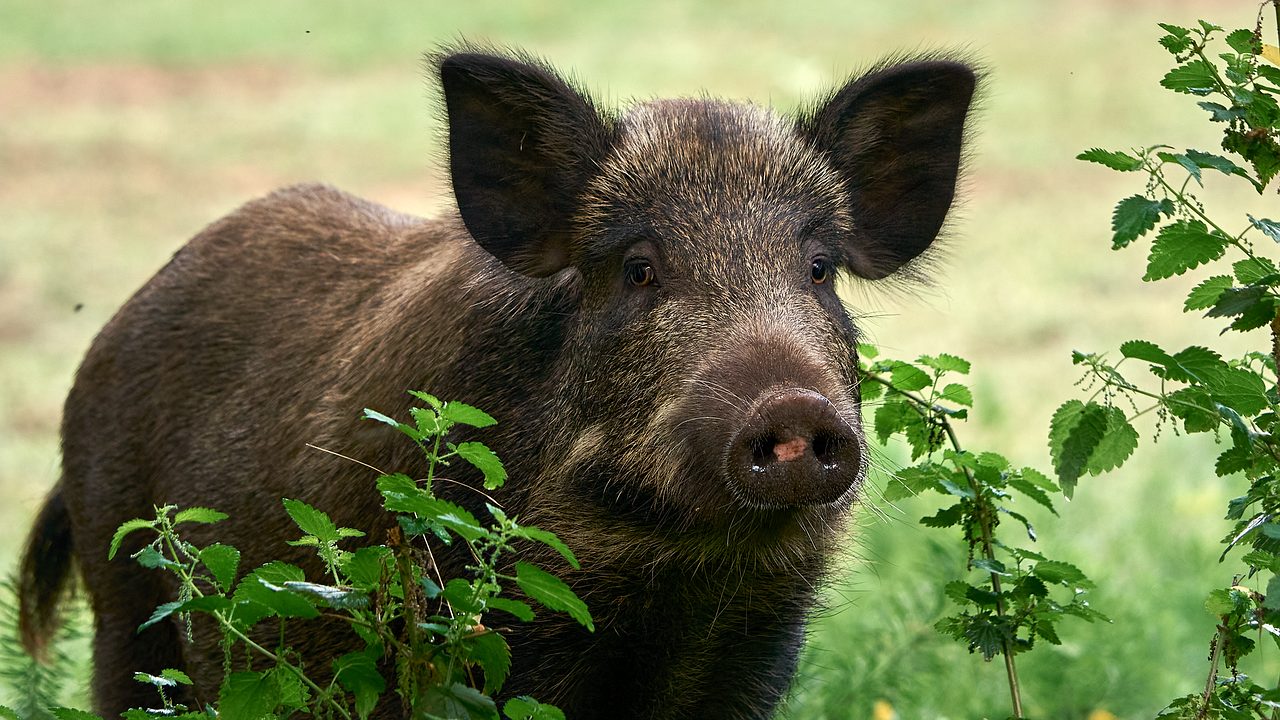About
About
The Hilltop Lakes Wildlife Management Team (WMT) is an organization formed to provide a safe and healthy balance between wildlife and the human population at Hilltop Lakes, Texas through safe and properly planned management and education.
Management of the deer population is done through participation in the MLDCO management program authorized by The Texas Parks and Wildlife Department (TPWD) and working closely with the TPWD biologist assigned to our program. Aspects of this program include removal of excess deer from the herd to prevent over-population and maintain balance, habitat improvement, supplemental food plots, and hog removal. Additional conservation practices are added or adjusted as needed or identified through consultation with the TPWD biologist.

Formation and Brief History
Prior to the formation of the WMT, the deer in Hilltop Lakes were over-populated, their growth was stunted, and deer/vehicle collisions occurred almost weekly. In 2005, The Hilltop Lakes POA Board at the time reached out to TPWD for help. A full report on the wildlife and habitat at Hilltop Lakes along with suggested management practices was generated by a TPWD biologist. A summary of the findings is that the deer herd was above carrying capacity, the bulk of the population was does, the doe:buck ratio was 12:1, groups as large as 68 deer were observed, and overgrowth of underbrush limited additional food sources to increase the carrying capacity of the deer herd. The main suggestions for improvement were: improve the habitat, maintain the population at or below carrying capacity, and balance the sex and age structure of the herd through selective harvest.
Rather than look to professional sharpshooters that charged $100 to $250 per deer and would most likely not have been approved by TPWD or trapping programs that have proven inefficient and cost-prohibitive, the Hilltop Lakes POA Board decided to look into forming a team consisting of property owners to take ownership of the program and utilize common ground areas and personally owned lots to harvest deer through participation in the TPWD MLD (now MLDCO) program. An added benefit to this option was that, although the program is not a Hilltop Lakes amenity, it provided the property owners that wished to participate an opportunity to harvest deer while providing a service to Hilltop Lakes at the same time. This was the formation of the WMT in 2005. In 2014, the WMT was approved as an independent 501(c)(7) non-profit organization.
Since the formation in 2005, the impact of the WMT on the deer herd as been a tremendous improvement in the health and balance of the herd, the average size of the deer in Hilltop Lakes has almost doubled and the doe:buck ratio is getting closer to the desired balance. This program is often held up as a model and successful program by TPWD and we are proud of it here.
Rather than look to professional sharpshooters that charged $100 to $250 per deer and would most likely not have been approved by TPWD or trapping programs that have proven inefficient and cost-prohibitive, the Hilltop Lakes POA Board decided to look into forming a team consisting of property owners to take ownership of the program and utilize common ground areas and personally owned lots to harvest deer through participation in the TPWD MLD (now MLDCO) program. An added benefit to this option was that, although the program is not a Hilltop Lakes amenity, it provided the property owners that wished to participate an opportunity to harvest deer while providing a service to Hilltop Lakes at the same time. This was the formation of the WMT in 2005. In 2014, the WMT was approved as an independent 501(c)(7) non-profit organization.
Since the formation in 2005, the impact of the WMT on the deer herd as been a tremendous improvement in the health and balance of the herd, the average size of the deer in Hilltop Lakes has almost doubled and the doe:buck ratio is getting closer to the desired balance. This program is often held up as a model and successful program by TPWD and we are proud of it here.

Formation and Brief History
Prior to the formation of the WMT, the deer in Hilltop Lakes were over-populated, their growth was stunted, and deer/vehicle collisions occurred almost weekly. In 2005, The Hilltop Lakes POA Board at the time reached out to TPWD for help. A full report on the wildlife and habitat at Hilltop Lakes along with suggested management practices was generated by a TPWD biologist. A summary of the findings is that the deer herd was above carrying capacity, the bulk of the population was does, the doe:buck ratio was 12:1, groups as large as 68 deer were observed, and overgrowth of underbrush limited additional food sources to increase the carrying capacity of the deer herd. The main suggestions for improvement were: improve the habitat, maintain the population at or below carrying capacity, and balance the sex and age structure of the herd through selective harvest.
Rather than look to professional sharpshooters that charged $100 to $250 per deer and would most likely not have been approved by TPWD or trapping programs that have proven inefficient and cost-prohibitive, the Hilltop Lakes POA Board decided to look into forming a team consisting of property owners to take ownership of the program and utilize common ground areas and personally owned lots to harvest deer through participation in the TPWD MLD (now MLDCO) program. An added benefit to this option was that, although the program is not a Hilltop Lakes amenity, it provided the property owners that wished to participate an opportunity to harvest deer while providing a service to Hilltop Lakes at the same time. This was the formation of the WMT in 2005. In 2014, the WMT was approved as an independent 501(c)(7) non-profit organization.
Since the formation in 2005, the impact of the WMT on the deer herd as been a tremendous improvement in the health and balance of the herd, the average size of the deer in Hilltop Lakes has almost doubled and the doe:buck ratio is getting closer to the desired balance. This program is often held up as a model and successful program by TPWD and we are proud of it here.
Additional Info
Membership
Any property owner within Hilltop Lakes may join the WMT. In order to hunt or trap wildlife at Hilltop Lakes, one must be a member of the WMT and be in good standing with the Hilltop Lakes POA and the WMT. WMT members may only hunt on their own properties, properties which they have been given permission or specified common ground areas. Common ground spots are available to hunt on a limited basis. These spots are by assignment only and members must meet the requirements as defined in the assignment procedures to be eligible for assignment.
Deer Management
Management of deer is done through participation in the TPWD MLDCO management program. One of the benefits of being an MLDCO is that our deer hunting season is extended through the end of February. However, Hilltop Lakes is NOT a deer lease. If you are looking to hang that trophy buck on your wall, then you may be happier hunting somewhere else. Managing the population means the primary focus is thinning the excess does from the herd. As such, there are very few buck tags issued each season. Members do not use the tags issued with their hunting license, but must use the state issued MLDCO tags only.

Safety
To maintain safety in the community, strict precautions are in place. Hunting is by bow or crossbow only and members must demonstrate shot proficiency before being allowed to hunt. All hunting must be done from an elevated platform at least 6 feet off the ground to prevent errant arrows or ricochets. Hunting from the roads is prohibited.
Hog Control
Hog control and removal is another focus of the WMT and part of the management practices listed previously that help the deer population and lessen the damage caused by these animals to property in Hilltop Lakes. Trapping of hogs is allowed. However, snares, leg holds, jaw traps, or dogs are prohibited. The WMT typically removes 150 – 200 hogs a year from Hilltop Lakes.
Community Service
The WMT has a history of community service. This includes donations to various groups and organizations like the Still Creek Boys’ Ranch, the Hilltop Lakes VFD, and the Men’s Golf Association; as well as individual and group projects around Hilltop Lakes. Some members must complete workdays that benefit the community in some way as part of their membership. Other members are encouraged to perform a workday service through various incentives from the WMT. These may include helping out at the dog kennels, working at the horse stables, assisting a community member that needs help, participation in “Beautification Days,” or anything else that benefits Hilltop Lakes.

Safety
To maintain safety in the community, strict precautions are in place. Hunting is by bow or crossbow only and members must demonstrate shot proficiency before being allowed to hunt. All hunting must be done from an elevated platform at least 6 feet off the ground to prevent errant arrows or ricochets. Hunting from the roads is prohibited.
Hog Control
Hog control and removal is another focus of the WMT and part of the management practices listed previously that help the deer population and lessen the damage caused by these animals to property in Hilltop Lakes. Trapping of hogs is allowed. However, snares, leg holds, jaw traps, or dogs are prohibited. The WMT typically removes 150 – 200 hogs a year from Hilltop Lakes.
Community Service
The WMT has a history of community service. This includes donations to various groups and organizations like the Still Creek Boys’ Ranch, the Hilltop Lakes VFD, and the Men’s Golf Association; as well as individual and group projects around Hilltop Lakes. Some members must complete workdays that benefit the community in some way as part of their membership. Other members are encouraged to perform a workday service through various incentives from the WMT. These may include helping out at the dog kennels, working at the horse stables, assisting a community member that needs help, participation in “Beautification Days,” or anything else that benefits Hilltop Lakes.
